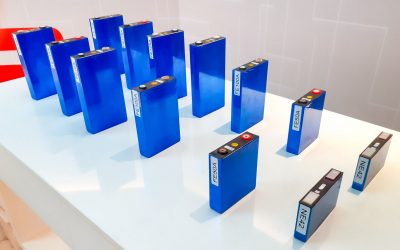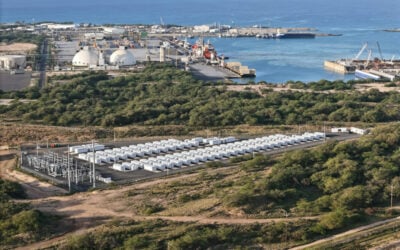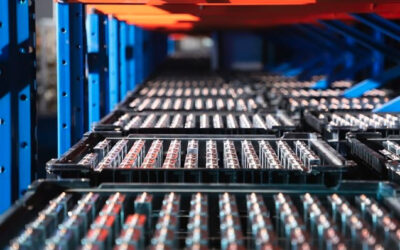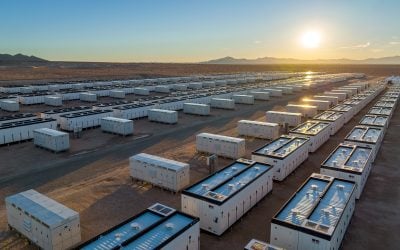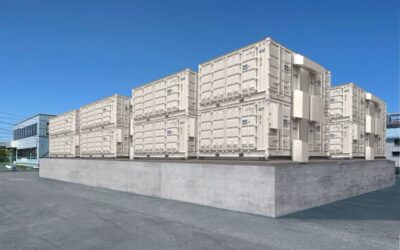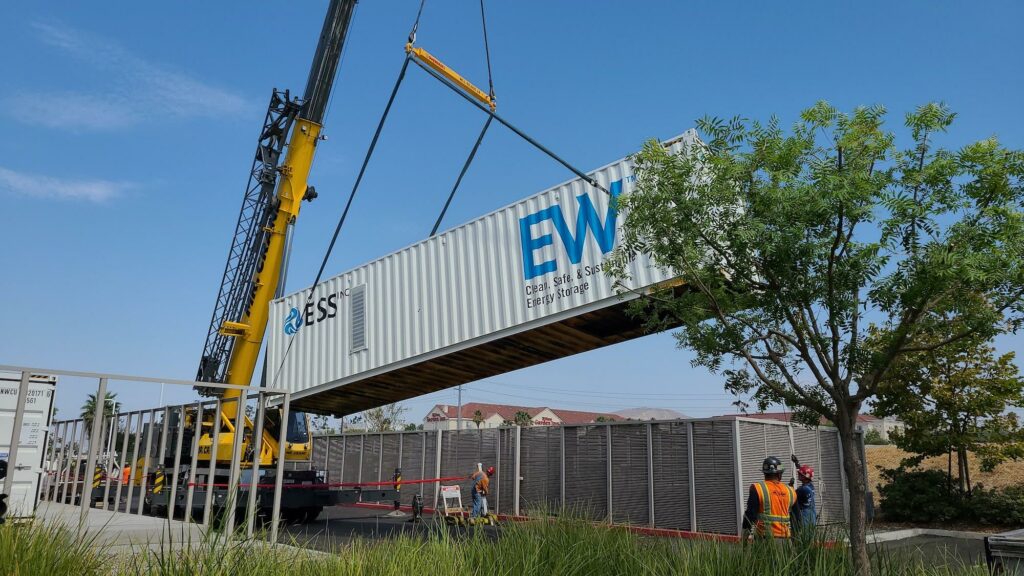
Construction has begun of a factory for long-duration flow batteries using iron and saltwater electrolyte in Queensland, Australia.
The ceremonial first turning of sod on the site was announced yesterday by the Queensland state government and by the company behind the A$70 million (US$47.67 million) project, Energy Storage Industries Asia-Pacific (ESIAP).
Enjoy 12 months of exclusive analysis
- Regular insight and analysis of the industry’s biggest developments
- In-depth interviews with the industry’s leading figures
- Annual digital subscription to the PV Tech Power journal
- Discounts on Solar Media’s portfolio of events, in-person and virtual
Or continue reading this article for free
Located in the Queensland city of Maryborough, the facility’s construction was welcomed by dignitaries in attendance, including Queensland Deputy Premier and State Development minister, Steven Miles, who is also a local parliamentary representative for the city.
“In the near future, power generated from a nearby wind or solar farm will be stored in iron flow batteries and help power Queensland,” Miles said.
“This manufacturing facility shows industry has confidence to invest in Queensland.”
The state government recently committed A$15 million to support the scale up of the National Battery Testing Centre in Brisbane, Queensland’s capital city, and is preparing to launch a Queensland Battery Strategy later this year.
The iron electrolyte flow battery is IP held by US manufacturer ESS Inc. Unlike vanadium redox flow batteries for which many patents expired several years ago, Oregon-headquartered ESS Inc remains the only company able to manufacture and license the technology.
Renewable energy investment group Sword and Stone Capital Management, which is behind ESIAP and shares much of its leadership team, said in a presentation to the Queensland government a while back that it spent four years evaluating and researching different energy storage technologies it could support.
It found that ESS Inc’s battery met its criteria of offering long-duration (6+ hours) storage, was low toxicity, low cost and highly reliable. It can be cycled frequently over a long lifetime with no degradation and everything, including the electrolyte, is recyclable, while the battery poses no explosive risk, Sword + Stone said.
With DC-to-DC roundtrip efficiency greater than 75% and sub-second response times to grid stability events, the battery attains its lowest levelised cost of storage (LCOS) when frequently cycled.
ESS Inc will be a familiar name to Energy-Storage.news readers. The company recorded something of a milestone for the energy storage industry when it became the first company to offer customers a “world-first” long-term insurance plan for battery storage through Munich Re in 2019. It has since extended that deal to long-term warranties.
It makes two scales of storage system, with the larger of the two, Energy Warehouse, configurable from 3MW up to 1GW, up to 16-hour duration (although the ‘sweet spot’ is considered to be between 10 and 14 hours) with 96% plant availability, over an expected 25-year lifetime and no requirement for HVAC.
Factory will ramp up to 400MW annual output by 2026
Sword + Stone said its joint venture (JV) with ESS Inc would be for manufacture, distribution and operation of iron flow batteries, targeting market demand in the Australian, Pacific and then later Southeast Asia regions.
According to Stuart Parry, a director at both ESIAP and Sword + Stone, the Maryborough factory is expected to be operational by 2024 and then ramped up in 2026 to produce 400MW of iron flow batteries annually. Around 500 workers will be employed at the Maryborough site.
Up to 80% of its components can be procured locally within Queensland and there will be plenty of renewable energy installations in the state that can leverage the products, Deputy Premier Steven Miles said.
“Energy storage is key to unlocking Queensland’s renewable energy revolution as we power towards our target of having 50% renewables by 2030. Queensland is becoming a renewable energy superpower and we’re well-positioned to be Australia and Asia-Pacific’s energy storage gateway,” Miles said.
While it will be the only iron flow battery factory in Australia so far – at least until ESIAP is able to follow through on tentative plans to develop another, most likely in Townsville, Queensland – it won’t be the only facility dedicated to flow batteries by a long shot.
Various companies are developing vanadium redox flow battery (VRFB) assembly plants, VRFB electrolyte production facilities and upstream vanadium extraction and processing capabilities in the country. VRFBs were invented in Australia at the University of New South Wales.
Queensland’s state government is itself investing in the construction of a vanadium processing hub, committing at least A$10 million to the plan. This could help it capitalise on natural resources within Queensland, with funding coming from an economic recovery fund, Energy-Storage.news reported last November.
Meanwhile, another prominent player in the Australian flow battery space is Redflow, which makes a redox flow battery using zinc-bromine electrolyte and recently completed its first megawatt-scale project at a waste-to-power plant in California, US.

